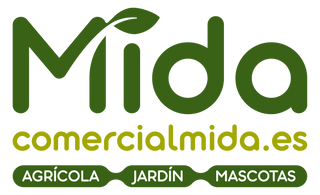In the times in which we live, a good product image is essential when introducing it to the market, so details such as presentation, presence or packaging are essential to obtain the expected economic results.
This standard is not foreign to the fruit and vegetable market, which is why thousands of farmers strive every day so that their products meet optimal quality standards. One of the most common damages that hampers the quality and value of certain fruits is the so-called cracking or splitting.
Cracking or splitting in certain fruits is characterized by the cracking of the skin of the fruit on the side, top or bottom. This split, as we have indicated, produces a decrease in the value of the genre, so preventing it from occurring is of paramount importance.
This phenomenon occurs during the rains due to the high concentration of solids inside the fruit, mainly sugars, contrary to what happens with the water that falls on it, which tries to access its interior to equalize the concentrations. This situation causes an increase in pressure inside the fruit and when this is greater than the elastic capacity of the skin, the fruit cracks.
Actions to be carried out to minimize cracking
A good way to avoid fruit splitting is to eliminate excess water by transpiration, which can be achieved with optimal oxygen circulation in the tree canopy with good pruning. On the other hand, a high level of humidity can also promote this phenomenon, which is why progressive and regular watering is advisable, that is, avoid prolonged watering in post-drought periods, since it can cause abrupt growth of the fruit and the so-called cracking.
Anti-cracking treatments
Application of this compound by nebulization before the end of the rain in one application and in concentrations of around 3%, that is, between 300 and 500g per 100L.
This treatment, unlike the previous one, is carried out preventively on the crop and consists of two or three applications. Sucrose esters are chemical compounds based on natural fatty acids that act by generatinga transparent film on the fruit that acts as a physical barrier, preventing direct contact of water with the surface of the fruit.
It is the most effective method to prevent fruit splitting since the cover generates an effect similar to that of the greenhouse, which allows the development of more vigorous shoots. In addition, it allows the harvest to be advanced by around 10 days. At the level of uses, plastic covers will allow us to reuse around five times.

